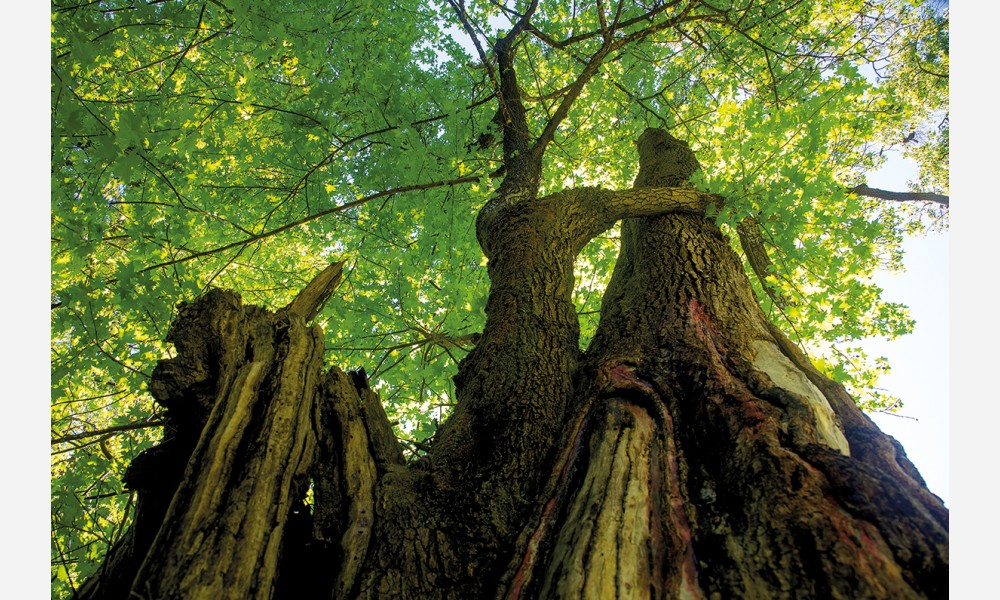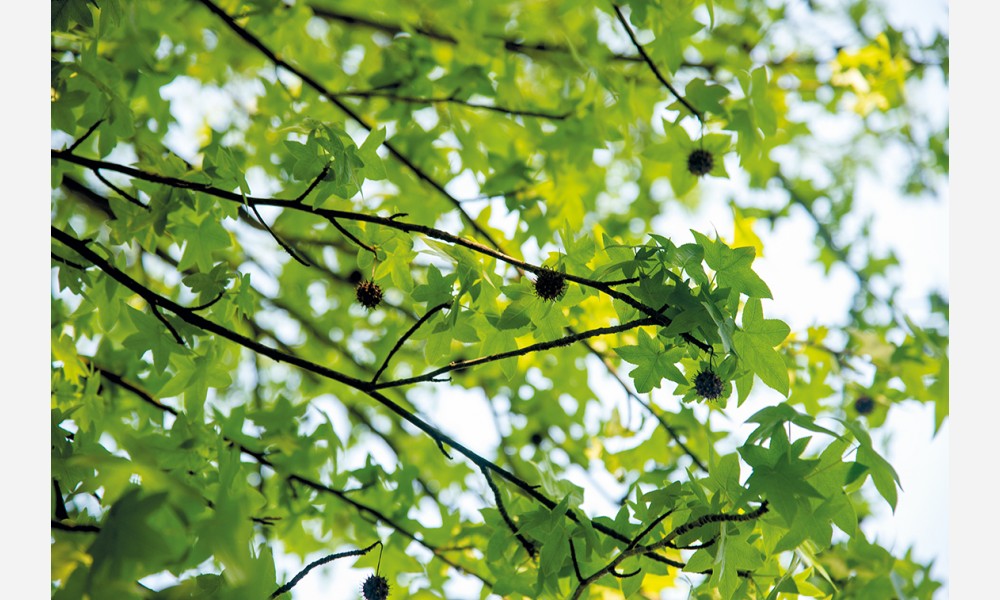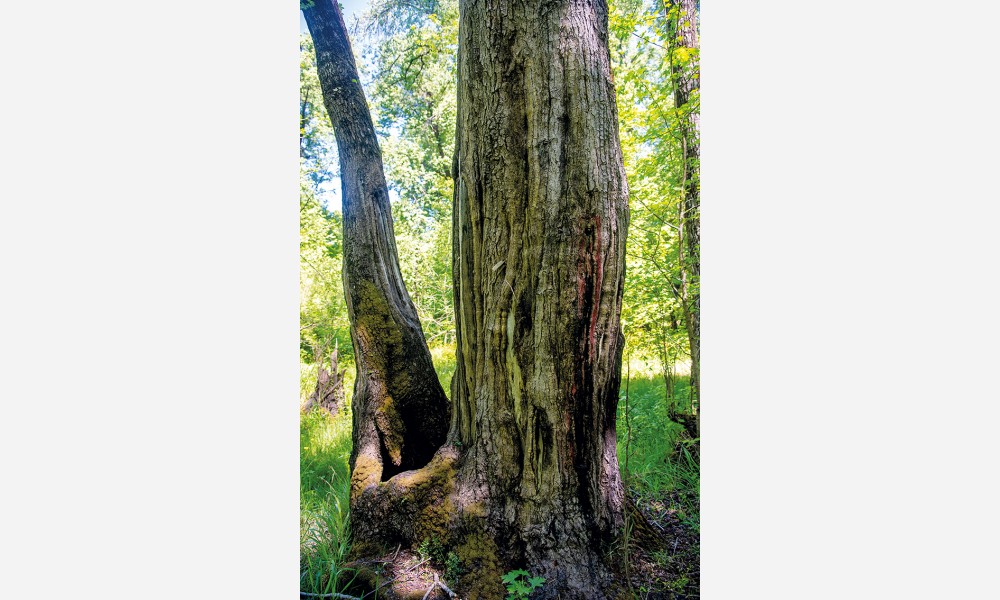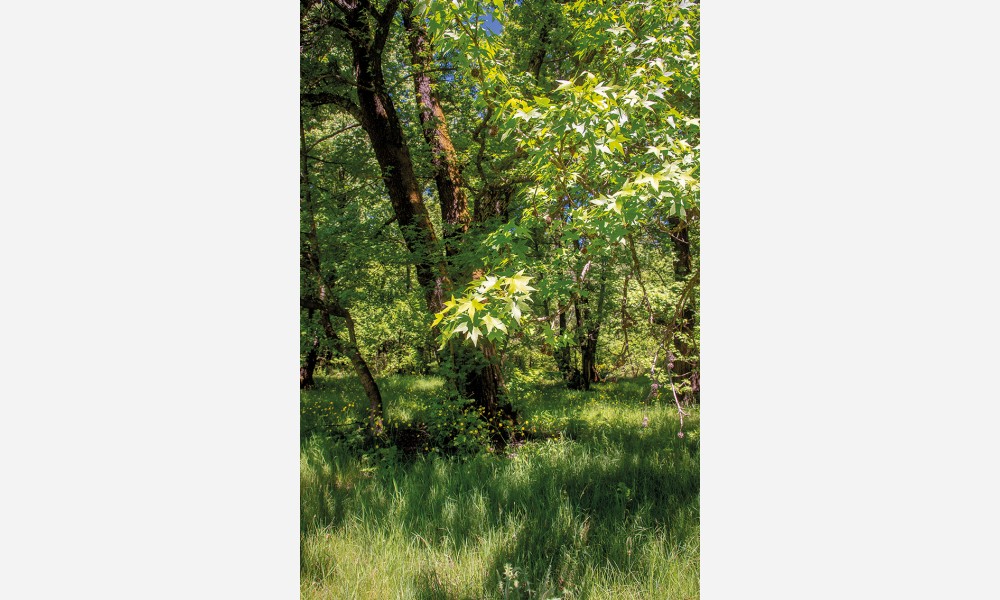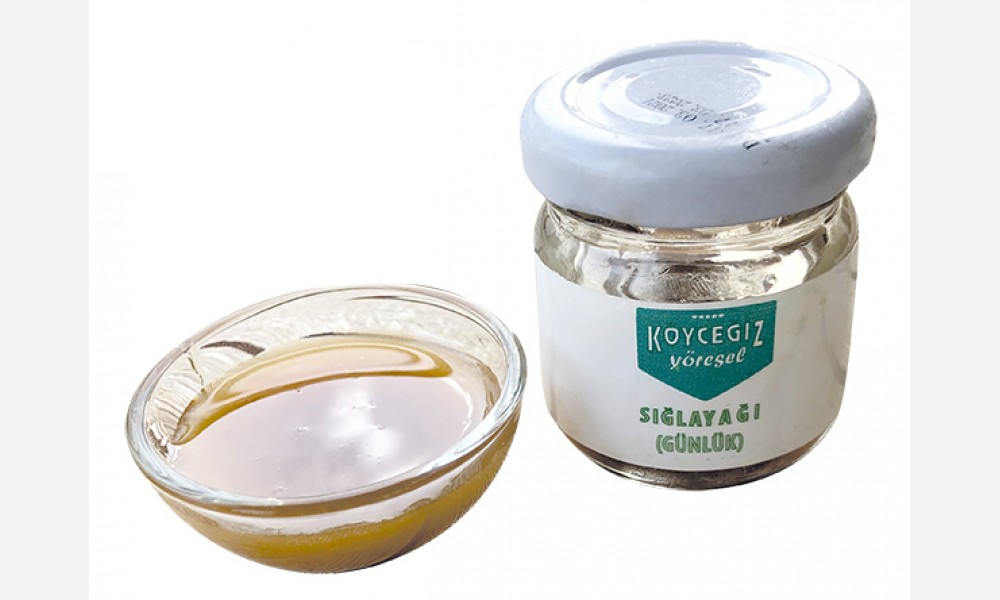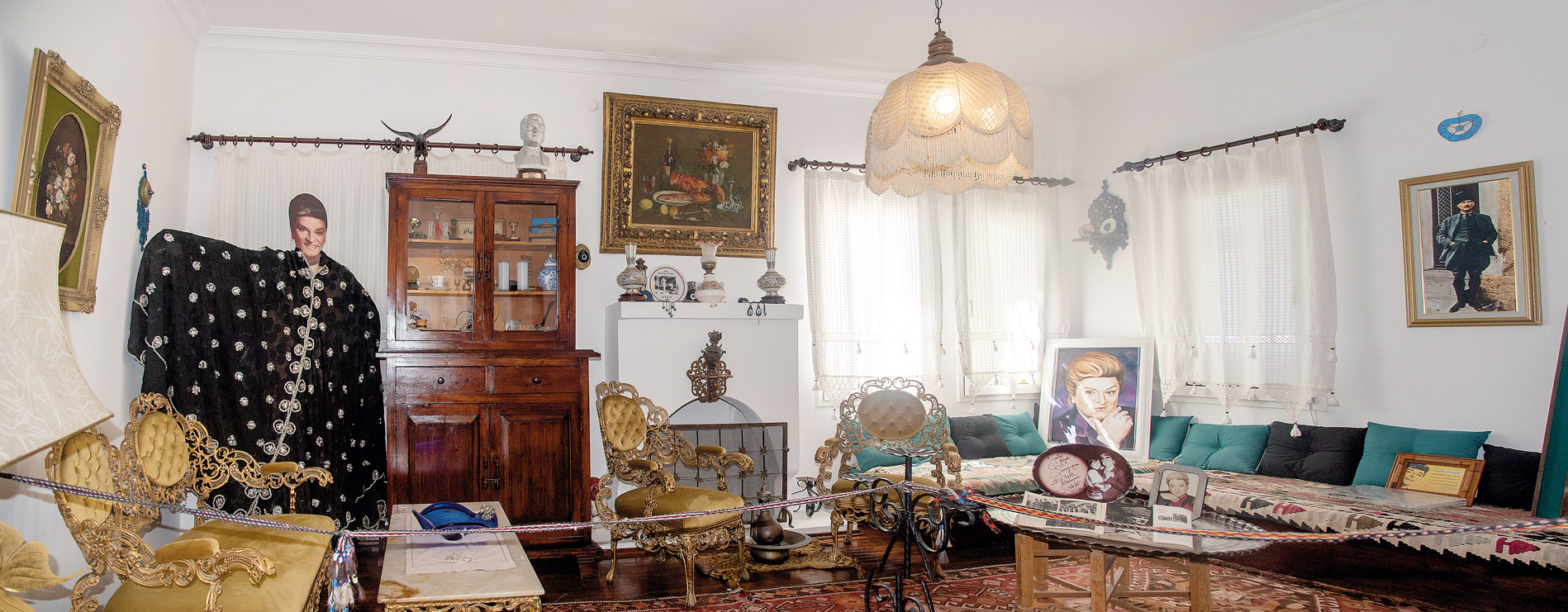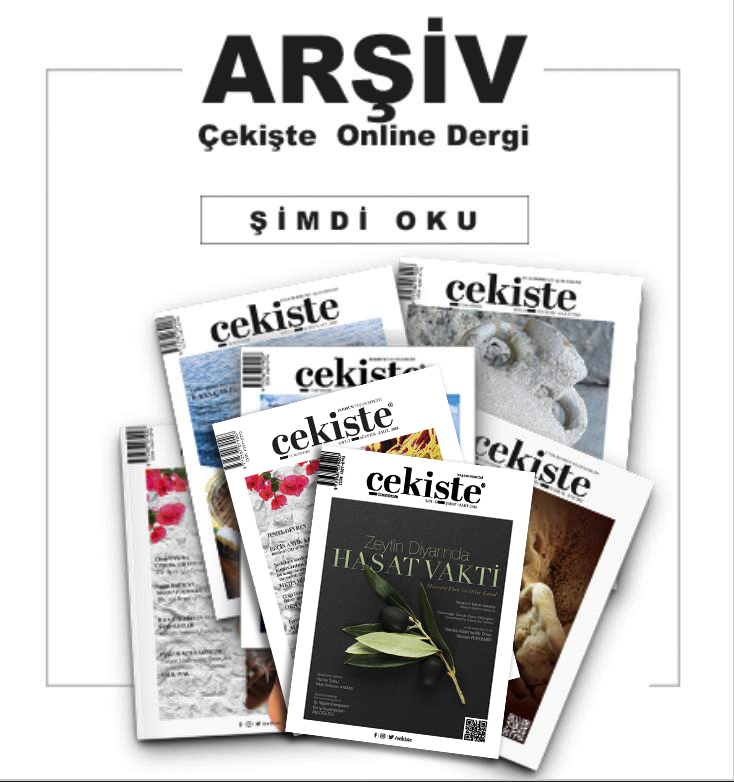The Sweetgum Tree, a Living Fossil

Anatolian Sweetgum forests are a rare, endemic and vulnerable forest ecosystem.
The Anatolian Sweetgum Tree (Liquidambar orientalis), is an endemic tree known only from South-Western Anatolia. A 60 million year old species, its last refuges are certain areas around Lake Köyceğiz, Fethiye and Marmaris.
A living fossil, records of the sweetgum tree go back more than 65 million years. Despite their delicate looks, these trees have been the silent witnesses of history, and their ancient heritage makes them all the more valuable.
The trees are seen in groups or individually, in shallow creek water and basin areas. They are distributed in the coastal part between Aydın-Çine Stream and Antalya-Aksu Stream and in Marmaris, Köyceğiz, Ula, Gökova, Dalaman, Ortaca and Fethiye in the southern part of Muğla. The Köyceğiz-Dalyan Special Environmntal Protection Area constitutes their greatest unbroken expanse, and the best chance to establish a healthy sweetgum forest area. Therefore, Köyceğiz has a special importance in the conservation of these trees and their ecosystem.
Their forests, in pleasant contrast with Mediterranean pine groves, are cool, moist and wet. The sweetgums spend the spring partially submerged, and need a lot of water. Fort his reason, they can be considered swamp trees as well.
In Köyceğiz, high rainfalls and the constant flow of water from the Gölgeli Mountains created a bed of groundwater perfectly suitable fort he sweetgum groves. Alluvial deposits, fed by rain and streams, made for a nutrient-rich topsoil-layer.
The ecological cycle also Works very fast in an environment where there is so much water and food. Sweetgum trees grow fast. They can reach 10-15 meters in less than a decade.
Sweetgum trees age rapidly, so much that they fall over without the support of deep roots, and dozens of new shoots spew out of the ground to replace them.
When one tree falls, dozens of young individuals struggle to take its place. One or two of these win the battle, reach the sunlit heights and establish themselves among the individuals that form the forest canopy.
Other plants, such as red pines and ash trees, also compete for light and water in these groves, but the sweetgums are usually the winners. Vines usually accompany the fast-growing trees, imbuing the forests with a primeval, tropical atmosphere.
The sweetgum tree owes its fame to its oil, and Köyceğiz owes its fame to the trees.
The oil features significantly in local lore and culture.
Archaeological surveys reveal that the local people of Carian Civilization have benefited from this tree in many different ways for nearly four thousand years.
The Turkish Ottoman explorer Evliya Çelebi also speaks of the sweetgum in his 17th century travelogue, Seyahatname. Çelebi writes that a that time, sweetgum oil was an important cosmetic and medical product exported to Egypt and then to the Indian and Arabian Peninsulas through the port of Marmaris. According to Çelebi, Sultan Süleyman the Magnificent,while passing through Gökova and Marmaris during his campaign to conquer Rhodes, was fascinated by the unique scent of the sweetgum tree and built two bridges named “Misk-i Amber” over streams in the region. The traces of these bridges can still be found in Gökova-Akçapınar.
Sweetgum Oil Production
Production of sweetgum oil is a very sensitive business. First one needs to know from which tree the oil can be extracted. In addition, the “gouging” process requires great attention and skill. As one skilled oil harvester puts it; “The gouge should not be too much on the surface, but it should not go down too deeply and damage the tree either.”
Scratches are drawn on the trunk of the sweet gum tree in springtime in order to obtain the Levant Storax (Sweet gum/Liquid amber tree oil). The secretions and barks accumulated on the trunk since July are collected by scraping using special knives. After boiling with hot water, these tree secretions and barks are squeezed using special presses and then the Levant Storax is obtained.
Sweetgum oil is used as a chemical stabiliser, a healing agent and as an alternative cure for stomach and skin ailments since the distant past.
The Levant Storax is extensively used in the treatment of gastritis-ulcer in the stomach and intestines. It is also a very good ointment with its antiseptic properties for external injuries that do not require stitches.
The smell of Liquid amber forests is reported to be good for patients with asthma, bronchitis, and Alzheimer.
The tree also has a spiritual value in its products. The bark, a side product of the oil production, is used in funerals, holidays and the purification of mosques as an incense.
The groves are also sacred sites in the nights of Nevruz, a pan-Anatolian spring festival dating back to ancient times. In these nights people wander into the sweetgum groves and wish for the creator to “take their troubles, and give them strength.”
Sacred Trees on the Brink of Destruction
Despite their value, the sweetgums are in great trouble. The rich, mosit, alluvial soils they grow on now have another value for people: as farmlands. Piece by piece, the sweetgum groves are beging given up for agriculture.
Since the 1950s, state-sponsored farming initiatives led to a massive shrinkage of sweetgum forests. From 6312 hectares in 1949, the groves shrank to 1337 hectares in 1987, and currently stand at no more than 700-800 hectares.
True, sweetgums are widely distributed, as individual trees, in southwestern Anatolia, at heights lower than 700 metres and around bodies of fresh water. Yet still, they have no large communities as the ones seen near Köyceğiz and surroundings. This discussion is irrelevant when one considers the ecologic relations and Dynamics of sweetgum groves in Turkey.
Kavakarası village is one of the most prolific sweetgum oil-producing sites in the region. Oil production is the second biggest income after orange and tangerine farming. The Günlük Düveni sweetgum oil production facility operating under the local Forestry Management Directorate, is also used for promotional activities such as festival, documentary shoots, scientific research efforts and so on.



